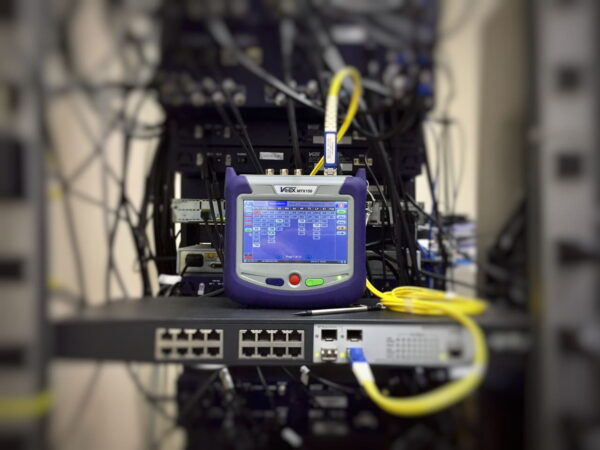✅ Last checked on
In the ever-evolving world of technology, networking enthusiasts are constantly seeking ways to enhance their skills and stay up-to-date with the latest advancements. One of the most effective methods for achieving this is by building a home lab. A home lab serves as a practical, hands-on environment where networking enthusiasts can experiment, test, and fine-tune their knowledge.
In this comprehensive guide, we’ll walk you through the process of setting up your own home lab, offering insights, tips, and expert advice to help you excel in the world of networking.
The Importance of a Home Lab

Hands-On Learning
Networking is a dynamic field that demands practical experience. While theoretical knowledge is essential, the ability to apply that knowledge in a real-world setting is equally crucial. A home lab provides the ideal platform for hands-on learning, enabling you to configure routers, switches, and various network devices just as you would in a professional environment.
Experimentation and Testing
One of the key advantages of a home lab is the freedom to experiment without the fear of disrupting a live network. You can explore different networking scenarios, troubleshoot issues, and test various configurations, all within the safe confines of your lab.
This practical experience is invaluable and can’t be gained solely through textbooks or online courses.
Staying Current
Networking technology evolves rapidly, with new protocols and equipment constantly emerging. A home lab allows you to stay current with these developments. You can experiment with the latest networking gear, explore emerging technologies like software-defined networking (SDN) or network automation, and adapt to industry trends.
Setting Up Your Home Lab
Hardware Requirements
To build a functional home lab, you’ll need the right hardware. While you don’t need to invest in enterprise-grade equipment, having a few essential components is crucial:
- Router: Choose a router that supports advanced routing protocols and can handle multiple WAN connections if possible.
- Switch: Opt for a manageable switch with VLAN support, which is essential for network segmentation and learning.
- Access Points: Consider deploying access points for wireless networking experimentation.
- Firewall: Implementing a firewall is essential for security testing and policy configuration.
- Server: A dedicated server or virtualization platform will allow you to run virtual machines for various networking scenarios.
Software Requirements
Equally important is the software that powers your home lab. Consider the following:
- Operating Systems: Install and configure popular networking operating systems like Cisco IOS, Juniper Junos, or open-source options like pfSense.
- Virtualization: Utilize virtualization platforms such as VMware vSphere or Proxmox to create virtual network environments.
- Network Monitoring Tools: Implement monitoring tools like Wireshark or Nagios to gain insights into network traffic and performance.
- Lab Management: Consider using tools like GNS3 or EVE-NG to manage and simulate complex network topologies.
Networking Scenarios to Explore
Your home lab is a versatile platform for exploring a wide range of networking scenarios. Here are some ideas to get you started:
Virtual Private Networks (VPNs)
Set up and configure VPNs to understand secure remote access and site-to-site connectivity.
Network Security
Experiment with firewall rules, intrusion detection systems, and honeypots to enhance your network security skills.
Routing Protocols
Explore dynamic routing protocols like OSPF, BGP, and EIGRP to gain proficiency in route manipulation and optimization.
VLANs and Segmentation
Learn how to implement VLANs for network segmentation and isolation, essential for larger networks.
Network Automation
Dabble in network automation using scripting languages like Python to streamline network configuration and management tasks.
Resources and Community Support
Building a home lab can be a challenging endeavor, but you’re not alone. The networking community is filled with resources and support to help you along the way. Consider joining online forums, subreddits, or local meetups to connect with fellow enthusiasts and gain valuable insights.
Conclusion
In the fast-paced world of networking, staying ahead of the curve is a must. Building a home lab is the ultimate tool for networking enthusiasts to expand their knowledge, gain practical experience, and adapt to the ever-changing landscape of technology.
With the right hardware, software, and a passion for learning, you’ll be well on your way to mastering the world of networking.